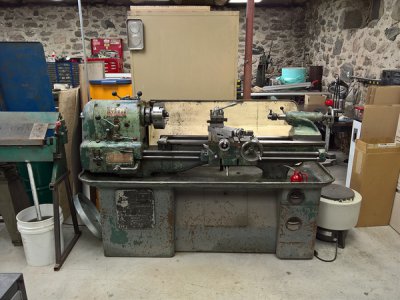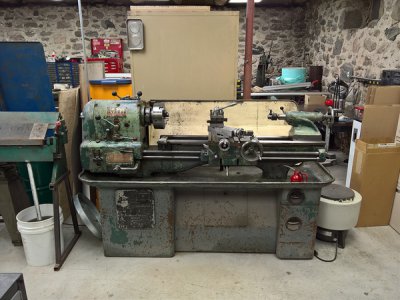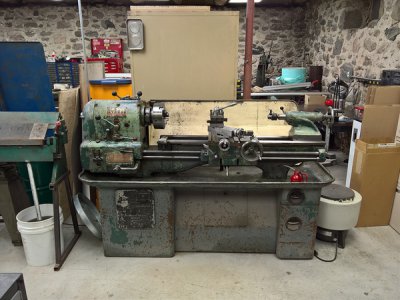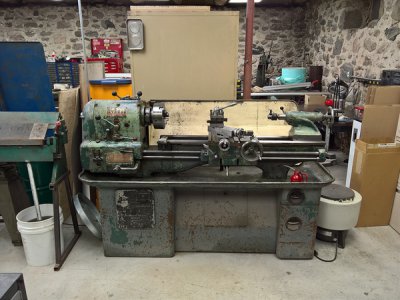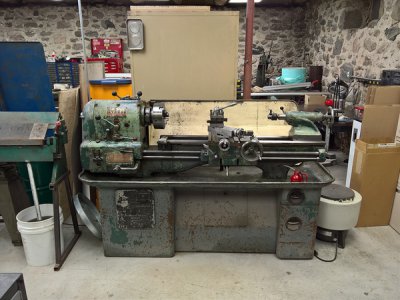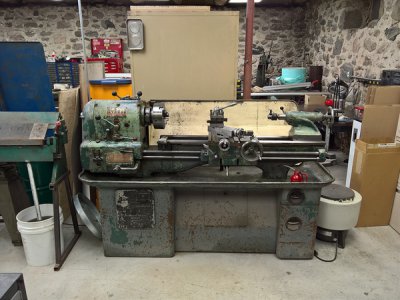- Joined
- Dec 2, 2012
- Messages
- 1,723
The VFD on my lathe is set to just ramp up to line frequency (50hz hear in uk) which gives a very nice soft starting. I just use the gear box to change the speed to retain full torque.
I've used the variable speed function on the mill for power tapping as the lowest gear setting was still a bit fast for my liking, also the nice gental start up / stop makes it not agressive on the tooling when you reverse it out.
Also on the mill i pushed the frequency up to about 65HZ for a little more top end speed with tiny tiny mills and drills which can be handy (the motor on my mills marked 50/60hz) I think if you speed them up too much the cooling fans take more resistance to turn at the higher speeds although I only ever encountered issues with motor warmin when running it under speed for slower RPM as the fan dosn't push enough air to cool it.
My lath motor smoked out when I first set it up (unbeliveible the insulation broke down a bit after 60 ish years ) I asked the rewind company to wind it for 220v (it was marked 220/440) which they did and it's been running sweet ever since. Did cost about the same as a new motor(probably a china brand new motor) but I didn't have to change the mount or pullys so saved a lot of hassle with that side of it and it looks kinda 50's sci-fi which is just a side bonus
) I asked the rewind company to wind it for 220v (it was marked 220/440) which they did and it's been running sweet ever since. Did cost about the same as a new motor(probably a china brand new motor) but I didn't have to change the mount or pullys so saved a lot of hassle with that side of it and it looks kinda 50's sci-fi which is just a side bonus 
Stuart
I've used the variable speed function on the mill for power tapping as the lowest gear setting was still a bit fast for my liking, also the nice gental start up / stop makes it not agressive on the tooling when you reverse it out.
Also on the mill i pushed the frequency up to about 65HZ for a little more top end speed with tiny tiny mills and drills which can be handy (the motor on my mills marked 50/60hz) I think if you speed them up too much the cooling fans take more resistance to turn at the higher speeds although I only ever encountered issues with motor warmin when running it under speed for slower RPM as the fan dosn't push enough air to cool it.
My lath motor smoked out when I first set it up (unbeliveible the insulation broke down a bit after 60 ish years
Stuart


